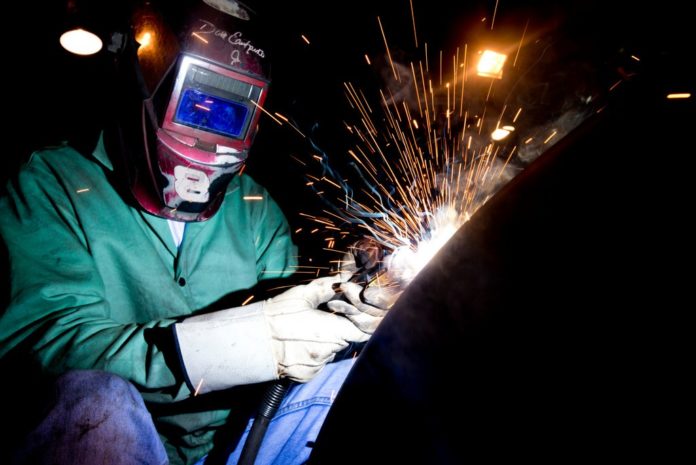
WASHINGTON – Business activity in the U.S. expanded in December for a second month, easing concern that a lack of progress on the federal budget would prompt a slump in manufacturing.
The MNI Chicago Report’s business barometer rose to a four- month high of 51.6 from November’ 50.4. A reading of 50 is the dividing line between expansion and contraction. The median estimate in a Bloomberg survey called for the gauge would rise to 51.
The figure corroborates another report that showed manufacturing in the Philadelphia area expanded by the most in eight months, pointing to stability in the industry. With companies tempering equipment orders in the event that more than $600 billion in automatic tax increases and government spending cuts take place next year, an improvement in housing and sustained consumer spending has taken the lead in underpinning the economy.
“Business investment is showing signs of stabilizing but it’s still very soft, and I think that’s going to be taking some steam out of manufacturing over the next couple of months,” Ryan Sweet, a senior economist at Moody’s Analytics Inc. in West Chester, Pennsylvania, said before the report. “We’re in the midst of a hand-off from manufacturing to housing as the big driver of the U.S. economy.”
Projections of the 49 economists in the Bloomberg survey ranged from 49 to 53.8.
The MNI Chicago Report’s gauge of new orders jumped to a four-month high of 54 in December from 45.3 a month earlier. A measure of employment decreased to 45.9 from 55.2. Production eased, with the index falling to 53.8 this month from 54.7, today’s report showed.
Corporate investment
Business investment has slowed as companies await clarity on taxes and government spending. While gross domestic product rose at a 3.1 percent annual rate from July through September, the fastest this year, corporate spending on equipment and software declined by the most since the second quarter of 2009.
“Our customers have continued to tell us that the economic uncertainty in the U.S. caused them to be very cautious in spending, hiring, and investment decision making,” William Gale, chief financial officer at Cintas Corp., said on a Dec. 20 earnings call with analysts. Cincinnati-based Cintas is a provider of uniforms, supplies and safety products.
“Unknowns concerning U.S. tax policies and the impact of changing health care regulations have created a pause in many of their business activities,” Gale said.
National manufacturing
Economists monitor the Chicago index and other regional manufacturing reports for an early reading on the national outlook. The Chicago group includes manufacturers and service providers with operations in the U.S. and abroad, making the gauge a measure of overall growth.
The Federal Reserve Bank of Philadelphia’s index unexpectedly expanded to an eight-month high. The bank said on Dec. 20 that its general economic index climbed to 8.1 this month from minus 10.7 in November. Readings greater than zero signal expansion in the area covering eastern Pennsylvania, southern New Jersey and Delaware.
In contrast, the Federal Reserve Bank of New York’s general economic index showed manufacturing in the area covering New York, northern New Jersey and southern Connecticut contracted in December for a fifth straight month.
The Institute for Supply Management’s factory index, set for release on Jan. 2, may have shown manufacturing remained stagnant in December, according to the median forecast of economists surveyed by Bloomberg.
Housing rebound
A rebound in the housing market is helping make up for weakness at the nation’s factories. Sales of new homes rose in November to the highest level in more than two years. Purchases climbed 4.4 percent to a 377,000 annual pace, the fastest since April 2010, Commerce Department figures showed yesterday.
Demand for new houses was up 15.3 percent from a year ago. The median price for a new house rose 14.9 percent in November from the same month in 2011 to $246,200. Builders are reporting increased construction costs and higher prices for undeveloped land.










